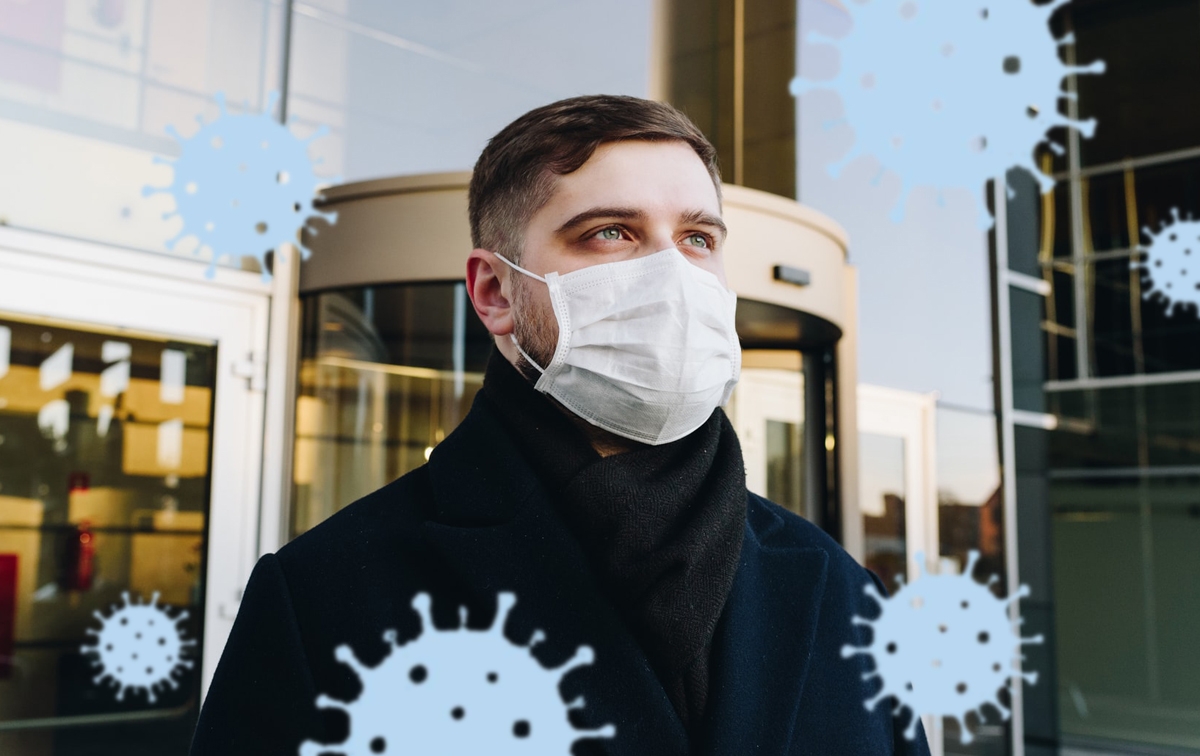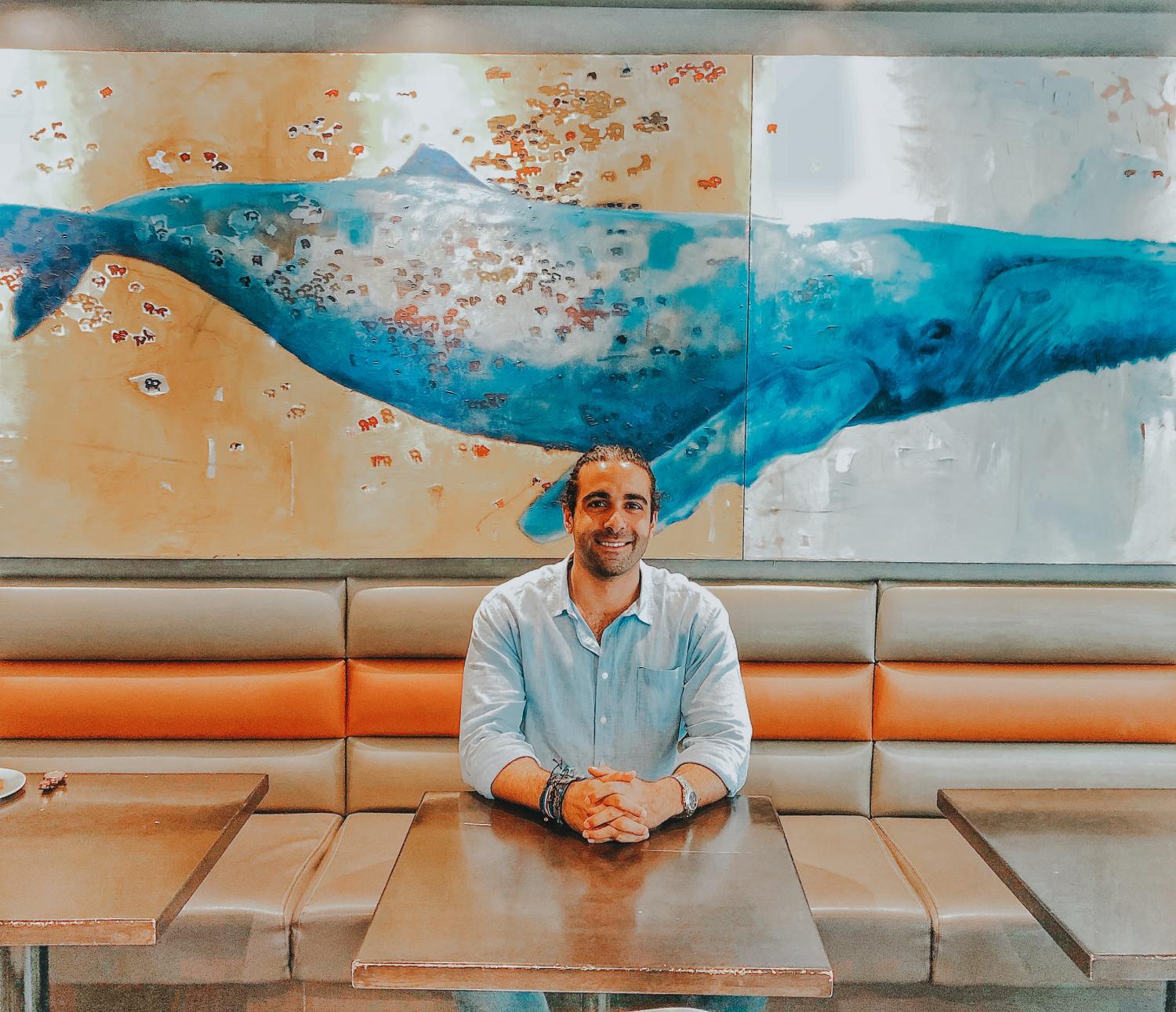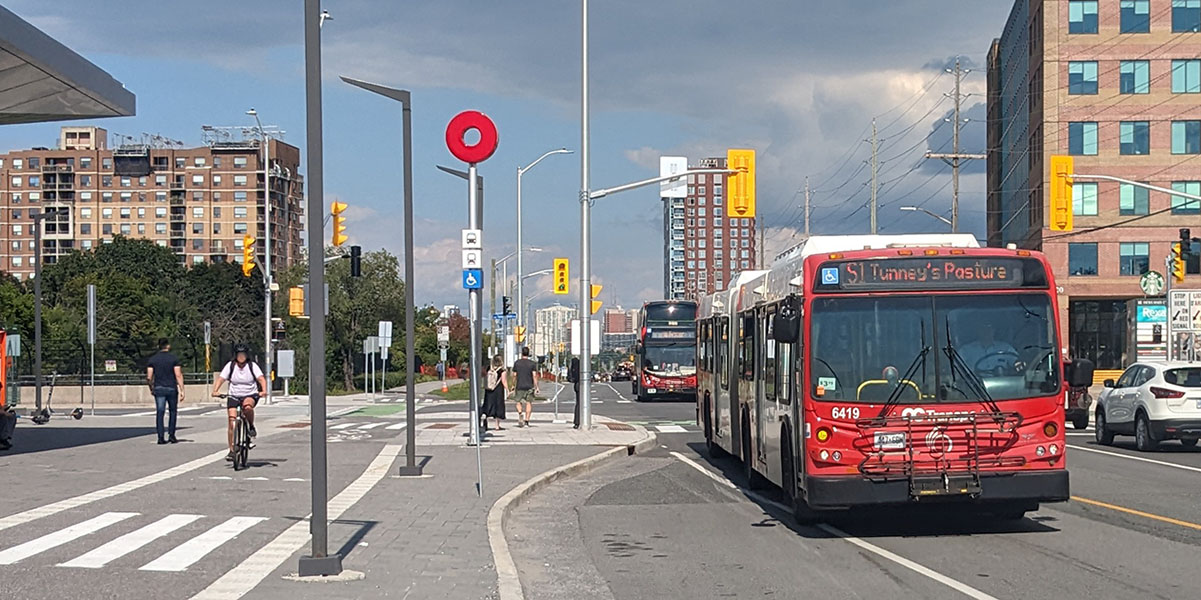
Covid19: Telling half-truths never ends well
Canada’s handling of the first phase of the Covid-19 pandemic, up to late May, has been moderately good compared to other developed nations. I would rate it at perhaps just at the lower edge of the top 20 per cent in that comparison, if taking into consideration testing, public health practices and strictures, clinical adaptation, and speed and even-handedness of economic assistance. But there have been some things that ought to have been done, or done sooner or better, and these significant lacunae and failures have non-trivially exacerbated the harm done.
The reasons for these errors are sometimes obscure, but what is clear is that in virtually every case they were signalled by absurd official pronouncements. A wonderful mentor of mine, now sadly gone, had some marvellous aphorisms. One of them was especially apt for the way officialdom has handled this crisis. It was, “If someone doesn’t want to do something, one reason is as good as another”.
In Canada, with our fairly high customary standards of public probity, official pronouncements are rarely complete untruths. So the favorite deflection technique, when officialdom wants to somewhat mislead, is to answer a question rather different from the one implicitly posed by those advocating some action that the government (for whatever reason) wishes to sidestep. Thus a slightly related truth becomes a convenient half-truth that meets the “one reason is as good as another” test.
The first notable application of this technique to pandemic issues came in February, when various folk called upon the government of Canada to close off the entry of non-residents to Canada and to institute a fairly rigorous quarantine or self-quarantine system for citizens and permanent residents returning from abroad. Most of those advocating this step had no illusions that it would prevent eventual transmission of the disease here, but rather that it would reduce the initial seeding from known and unknown hot-spots and consequently reduce the size of the wave we’d have to deal with.
But the government really didn’t want border closures and quarantines, for a variety of reasons including a desire to appear internationalist, and to sidestep any appearance of ethnic discrimination. So the official pronouncement was that we would not impose these suggested constraints “because they would not prevent the disease from coming here in due course”. The government response was a retort to a hypothesis no-one had advanced. It did not address the legitimate mitigation strategy of entry constraints. Eventually, in mid-March, the government did adopt a softer version of the measures asked for in February, and that delay probably multiplied the phase one peak here by at least a factor of five, and put the infection numbers beyond the ability of traditional public health techniques to contact trace and isolate.
But this was not the only occasion on which government had to eat its words and do a U-turn. The lessons of SARS forgotten, the provinces and the feds had let their guard down on pandemic planning, and were short of lots of critical supplies. One supply of great interest to the public was masks, rated or otherwise. The shortage was exacerbated by the culture of disposability for convenience embraced by the health care field. (When I was a young medical researcher half a century ago, very little was disposable. Almost everything got sterilized and re-used.)
Governments urgently wanted to safeguard the limited supply of masks for clinical settings. But lots of folk, including any with a modicum of scientific education, were suddenly reflecting upon how masks could reduce (not eliminate) their chances of contracting Covid-19. The official pronouncement used to deflect this tendency was that “masks would not completely protect someone from catching the virus”, and therefore should not be worn when going out in public. Again, answering a question no-one had asked. No one had expected complete protection. This statement was reinforced with the insulting addendum that the public, untrained in such use, would either do it wrong, or be emboldened to have close contacts they would otherwise avoid, vitiating any benefit. Apparently, the general public, many of whom have considerable scientific or technical training, are viewed as incapable, despite all the evidence that, with a modicum of instruction, they operate all manner of vehicles and computers, cook without poisoning themselves, use dangerous chemicals safely, etc.
Eventually, the governments did have to backtrack on the mask issue, though even today some officials claim that the mask you wear protects others, but not you. A simple porous filter as a one-way valve? I think not. Yes, containing droplets near their source is a good idea, but any filter is better than none, in either direction.
And there have been myriad other dubious pronouncements, ranging widely from weasel-worded comments on some of the scores of clinical trials underway to explaining how airports have (not) adapted. Again, in most instances the pronouncements bear the twin burden of intentional slight misdirection and condescending oversimplification.
All these half-truths were promulgated for “a good public purpose”. But the problem is that taming a pandemic can only be accomplished with a huge amount of voluntary compliance by the public, once it is given direction. There can never be enough enforcement in a democratic society to compel the level of compliance needed, nor should there be. But a high degree of voluntary compliance will only be given by people who feel they can trust implicitly that they are being told the truth. The uttering of half-truths and condescending caveats, even for “a good public purpose” thoroughly undermines that trust. Prevaricating by halves and talking down to the people won’t end well. Just tell the damned truth.
Photo: Anastasiia Chepinska, Unsplash









